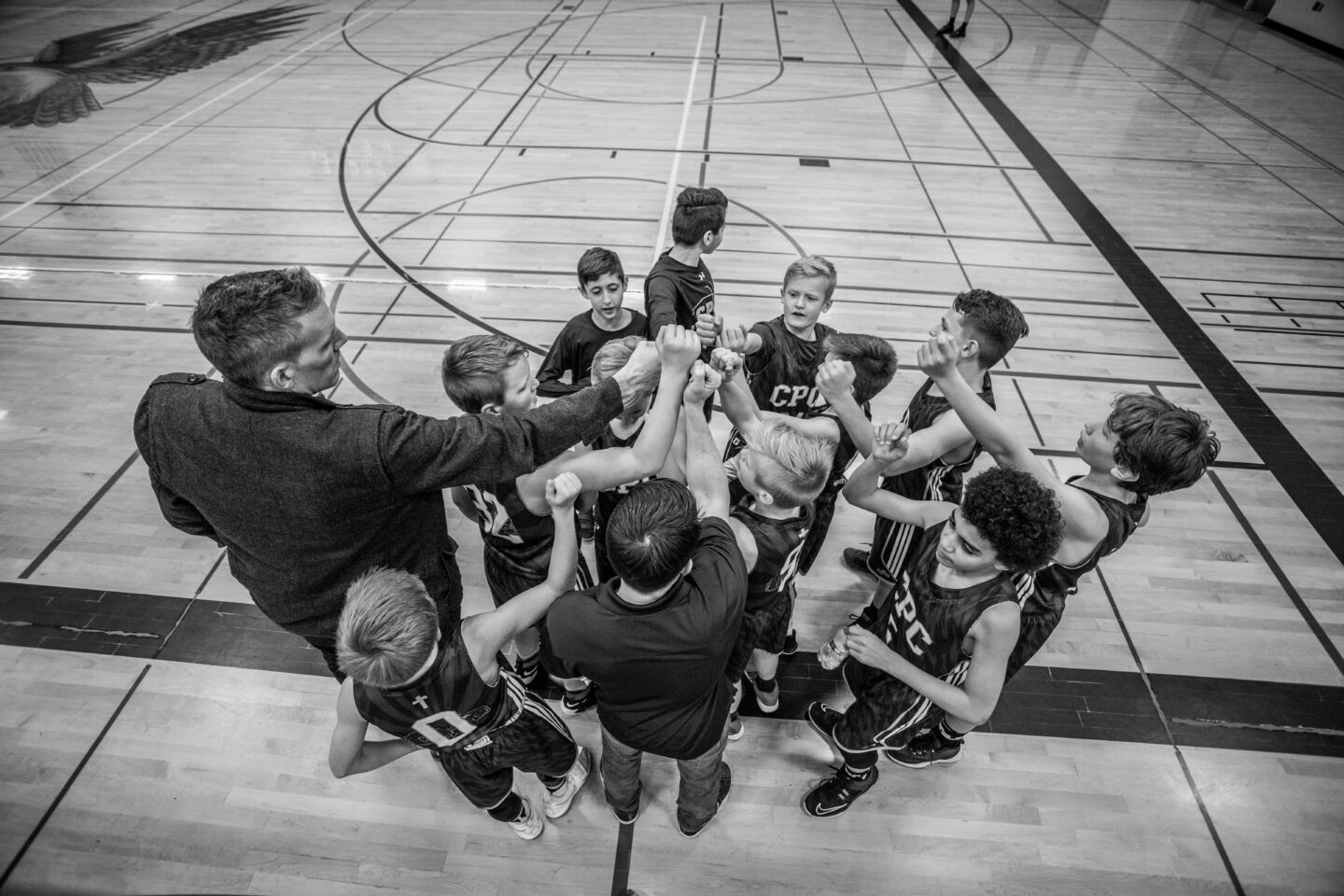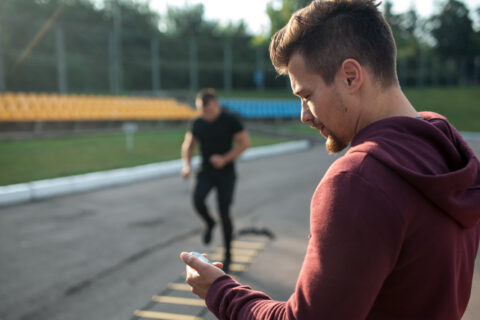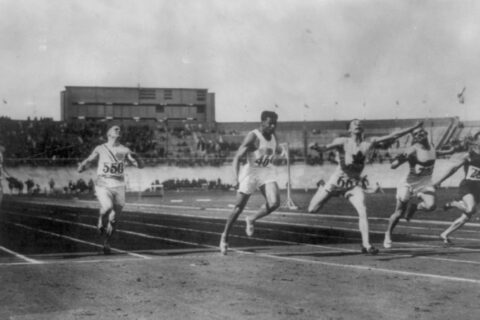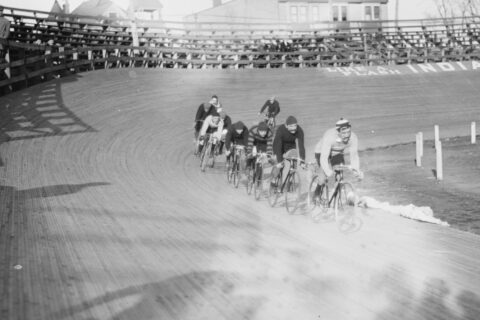Joe Friel explores the dynamics of the athlete-coach relationship and shows why every coach needs to be a teacher, role model, and teammate.
Joe Friel explores the dynamics of the athlete-coach relationship and shows why every coach needs to be a teacher, role model, and teammate.





